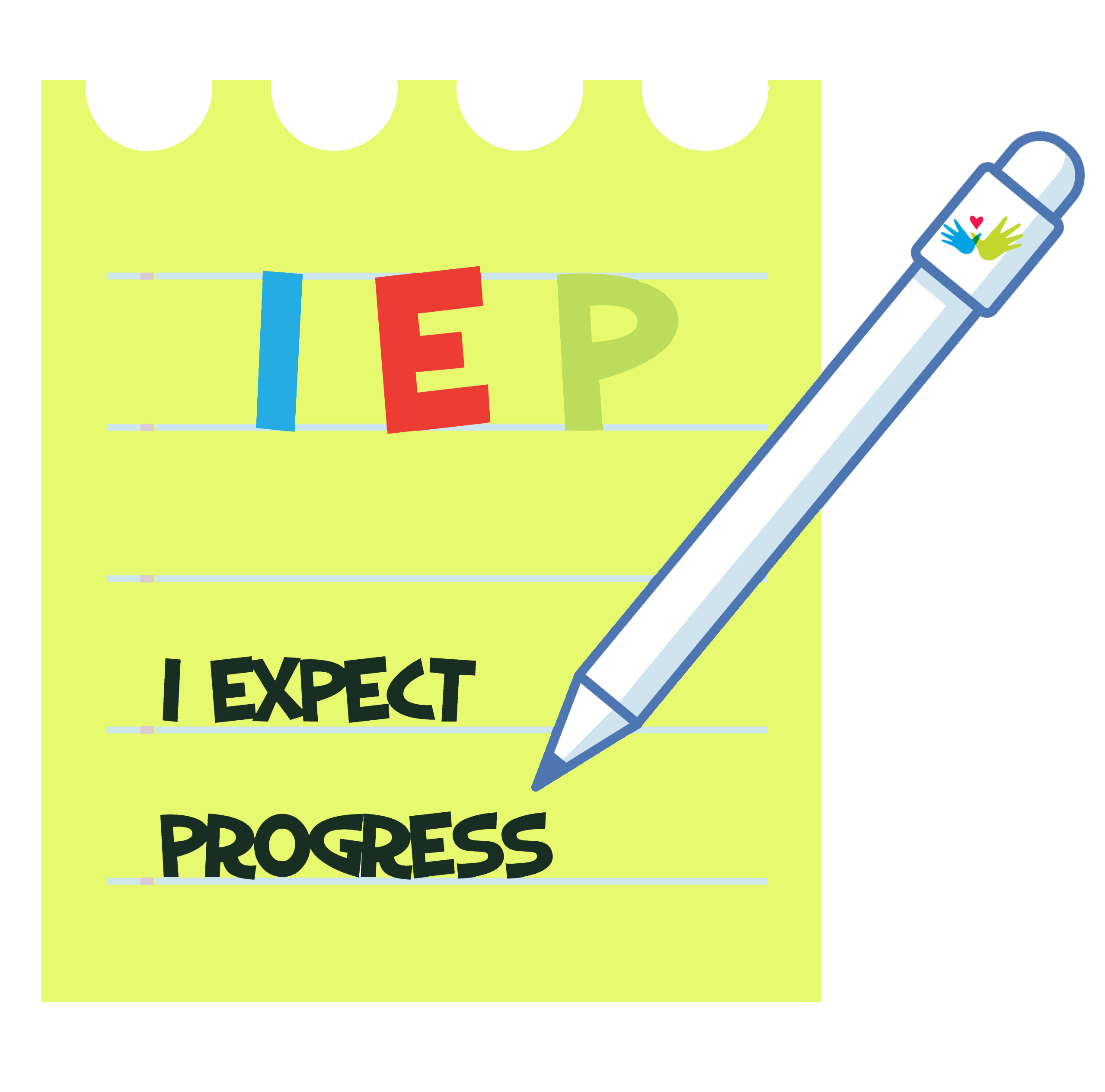 As the Education Consultant for the WSA, I have the opportunity to support many families as they navigate the special education system. Usually, this is exciting as I get to meet teachers and teams and help them understand how to teach their students with Williams syndrome (WS). Usually, this is the case. But, last week was hard. Last week, I spoke with several families whose kiddos weren’t reading or had made very limited progress over the last several years. Hearing this was disheartening. We know what works for reading instruction. We have numerous published resources. Thanks to Carolyn Mervis and many other researchers, we have research that proves that it works. There is even a research project focused on literacy. Why do we still have kids who aren’t reading?
As the Education Consultant for the WSA, I have the opportunity to support many families as they navigate the special education system. Usually, this is exciting as I get to meet teachers and teams and help them understand how to teach their students with Williams syndrome (WS). Usually, this is the case. But, last week was hard. Last week, I spoke with several families whose kiddos weren’t reading or had made very limited progress over the last several years. Hearing this was disheartening. We know what works for reading instruction. We have numerous published resources. Thanks to Carolyn Mervis and many other researchers, we have research that proves that it works. There is even a research project focused on literacy. Why do we still have kids who aren’t reading?
Part of the problem is data. We need to keep track of when the progress slows or stops and then intervene. Many children with WS will begin their literacy trajectory pretty close to grade level. With systematic phonics instruction, most kids with WS will demonstrate strong decoding skills and with intentional work, these same kids can demonstrate solid comprehension skills. So what happens? Why does the progress of some kiddos stagnate? Why does the progress stop? The answer is instructional strategies.
Kids with Williams syndrome need systematic phonics instruction which includes work in phoneme manipulation (Kozel et al., 2021). In other words, they need practice in learning the letter sounds and then being able to use and manipulate them with letter tiles or other manipulatives. Kids need to read books to others, have books read to them, and read to themselves. Reading makes readers!
As parents of school-age children with Williams syndrome, you CAN and SHOULD monitor your son or daughter’s progress. Keep track of the data that you are provided in progress reports and at annual meetings and use this information to help monitor the rate of progress. When you see progress slowing down or stopping, or the gap begins to widen, that is when you should ask questions and request further interventions.
How can you do this?
- Keep track of the grade level or Lexile level listed in your child’s paperwork. If your paperwork does not have a grade level or its equivalent, ask for this information. You can also use charts like this one to help you understand the information you are given. CLICK HERE FOR CHART
- Track this data in a chart or spreadsheet. You should see increased skills every year. You may not see a full year’s growth each school year, but you should see improvement.
If you start to notice the progress slowing, intervene immediately. “Wait and see” is not an acceptable option. Instruction should be intensified by increasing time or changing the methodology. It could be that your child needs a reading specialist to work with them or at the very least, the reading specialist can consult with your child’s team to provide additional instructional strategies for them to use to improve the rate of progress. Implement a strategy, trial it with fidelity for six to eight weeks, take data and then meet and analyze the progress. If progress is being made, great! Keep going. If there is no improvement, meet and implement another strategy. Continue the cycles of six to eight-week trials.
Whatever happens, keep looking for solutions. No progress leads to kids who don’t read. Not reading leads to being illiterate and living a life dependent on others for information for everything. As Albert Einstein once said, “The definition of insanity is doing the same thing over and over and expecting different results.”
This infographic provides great information on literacy instruction for students with Williams syndrome.
For more resources on reading and literacy instruction: check out the education page of the WSA website.
To participate in the research on literacy and Williams syndrome go to this website: www.wsliteracy.org
References
Kozel, B. A., Barak, B., Kim, C., Mervis, C. B., Osborne, L. R., Porter, M., & Pober, B. R. (2021). Williams syndrome. Nature Reviews Disease Primers, 7(1). https://doi.org/10.1038/s41572-021-00276-z
